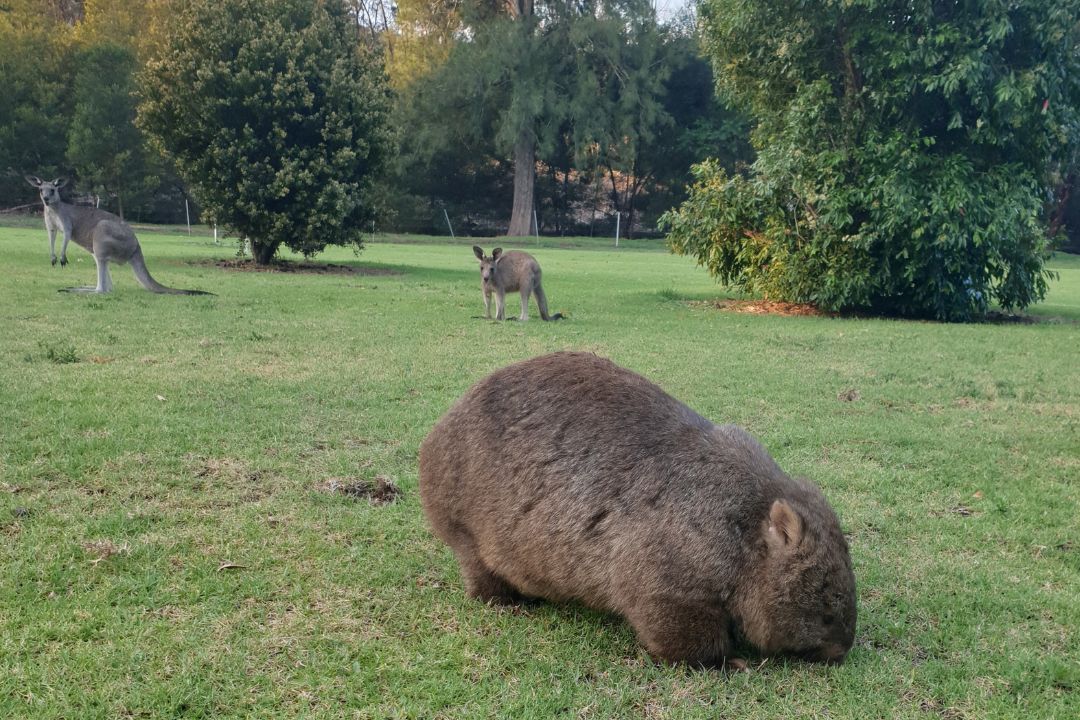
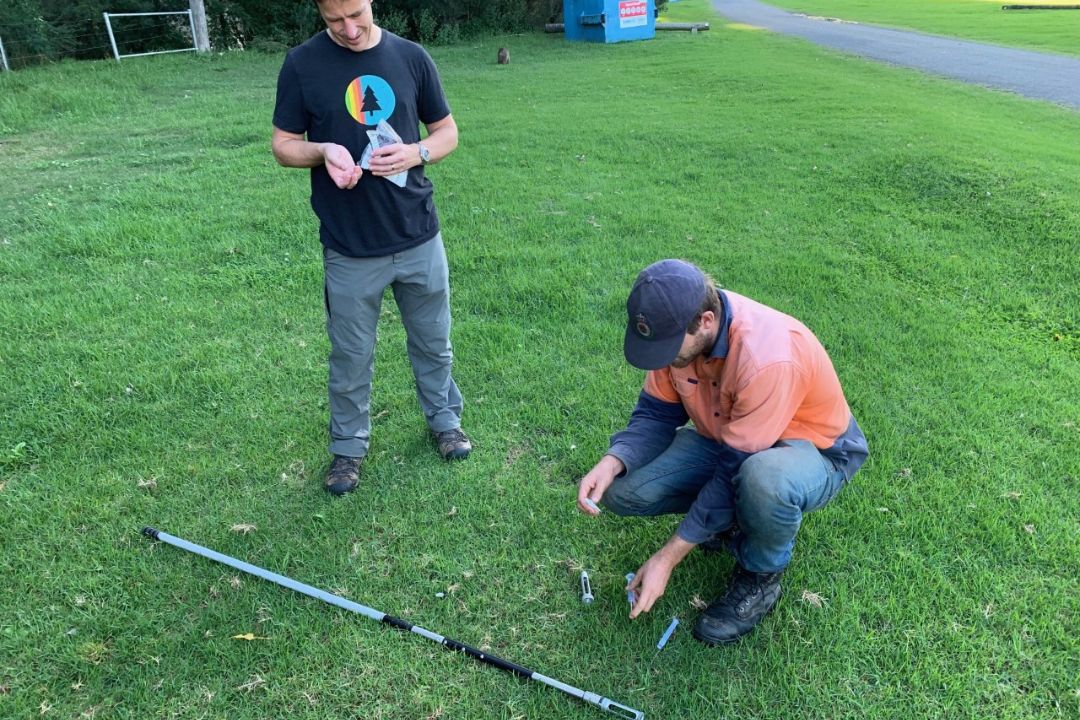
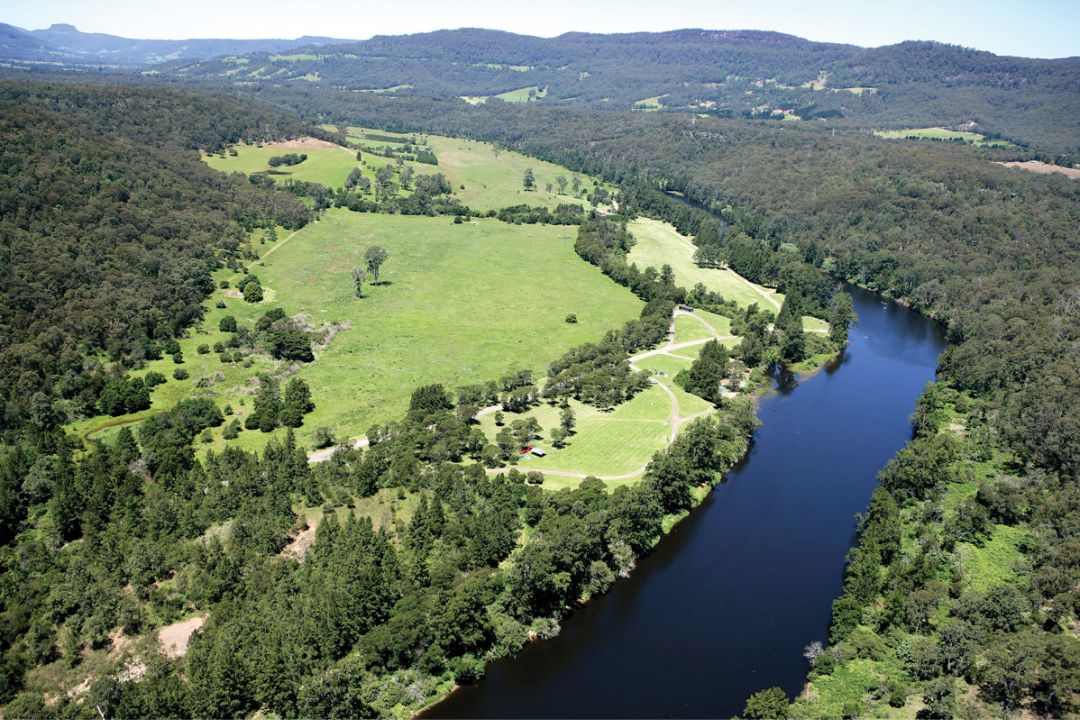
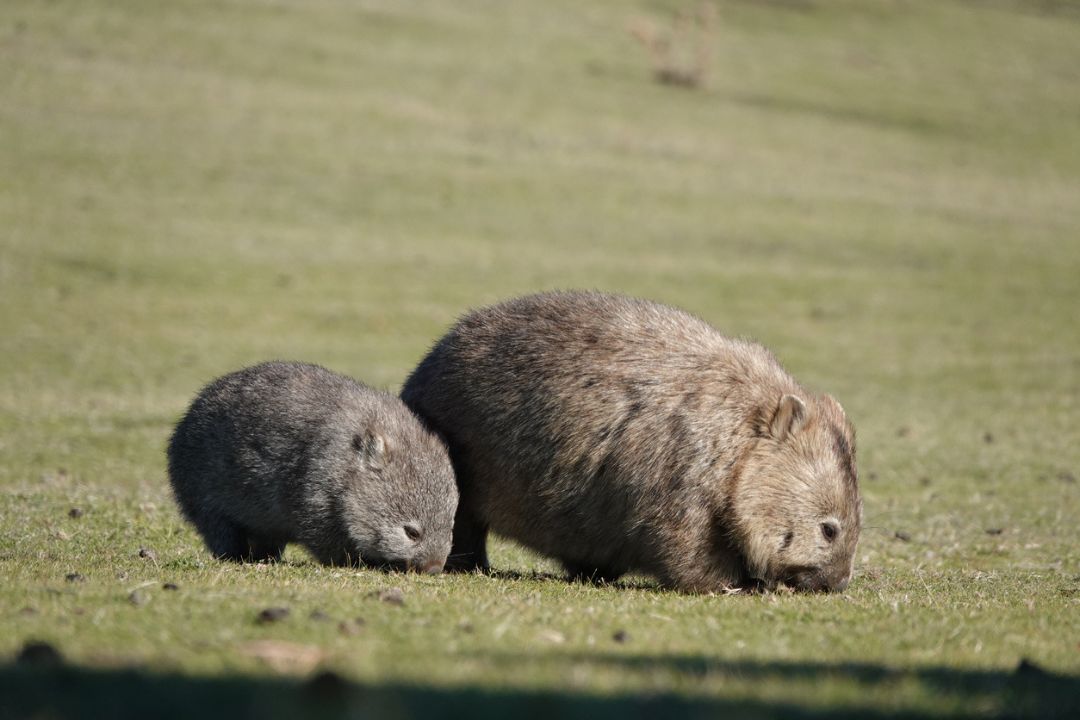
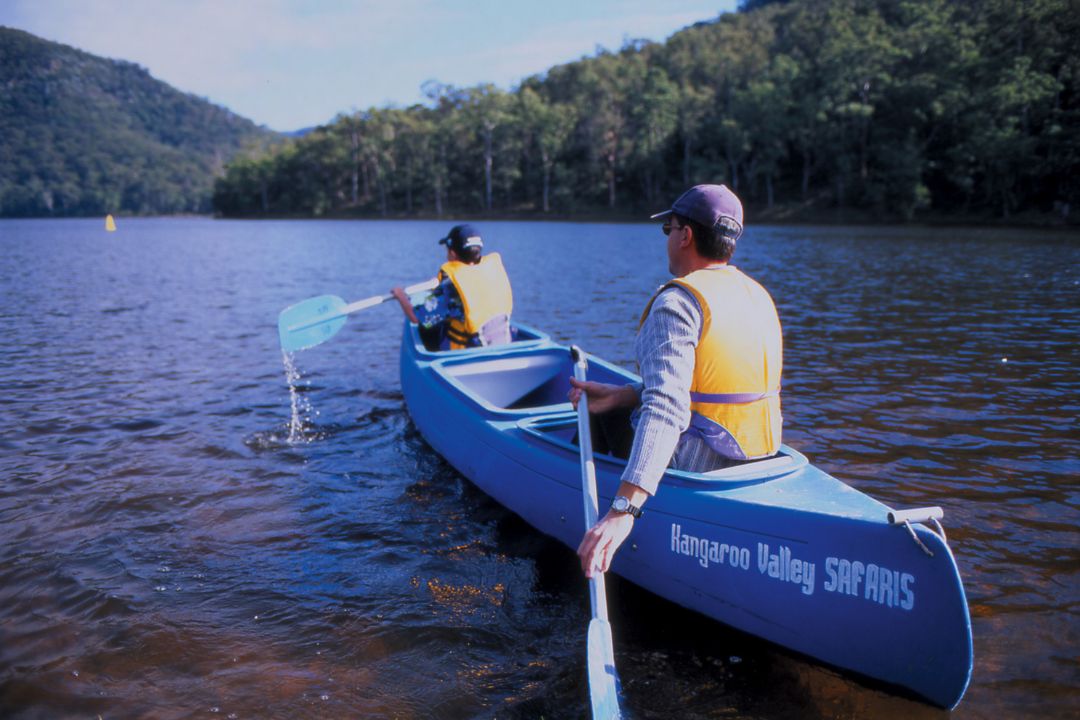
Canoeing and kayaking are popular at Bendeela Recreation Area, with many launch spots beside this wide section of the Kangaroo River.
Bendeela Recreation Area
Located on the lands of the Wodi Wodi people, Bendeela is popular camping ground 150 kilometres south of Sydney.
With a backdrop of rugged hills and forest, the grassy camping grounds are beside a wide section of the Kangaroo River on the upper reaches of Lake Yarrunga, formed by nearby Tallow Dam.
The area is home to a big population of large Bare-nosed Wombat (Common Wombat) who often wander through the camping grounds, eating grass, roots, bark and fungus. Visitors may take a photo, but please don’t touch or feed the wombats.
If you see a wombat in the Bendeela area that you are concerned about, you can report it via this form with a photo.
Related links
Published date: 6 June 2023
WaterNSW acknowledges the traditional custodians of the lands and waters on which we work and pay our respects to all elders past, present and emerging. Learn more
